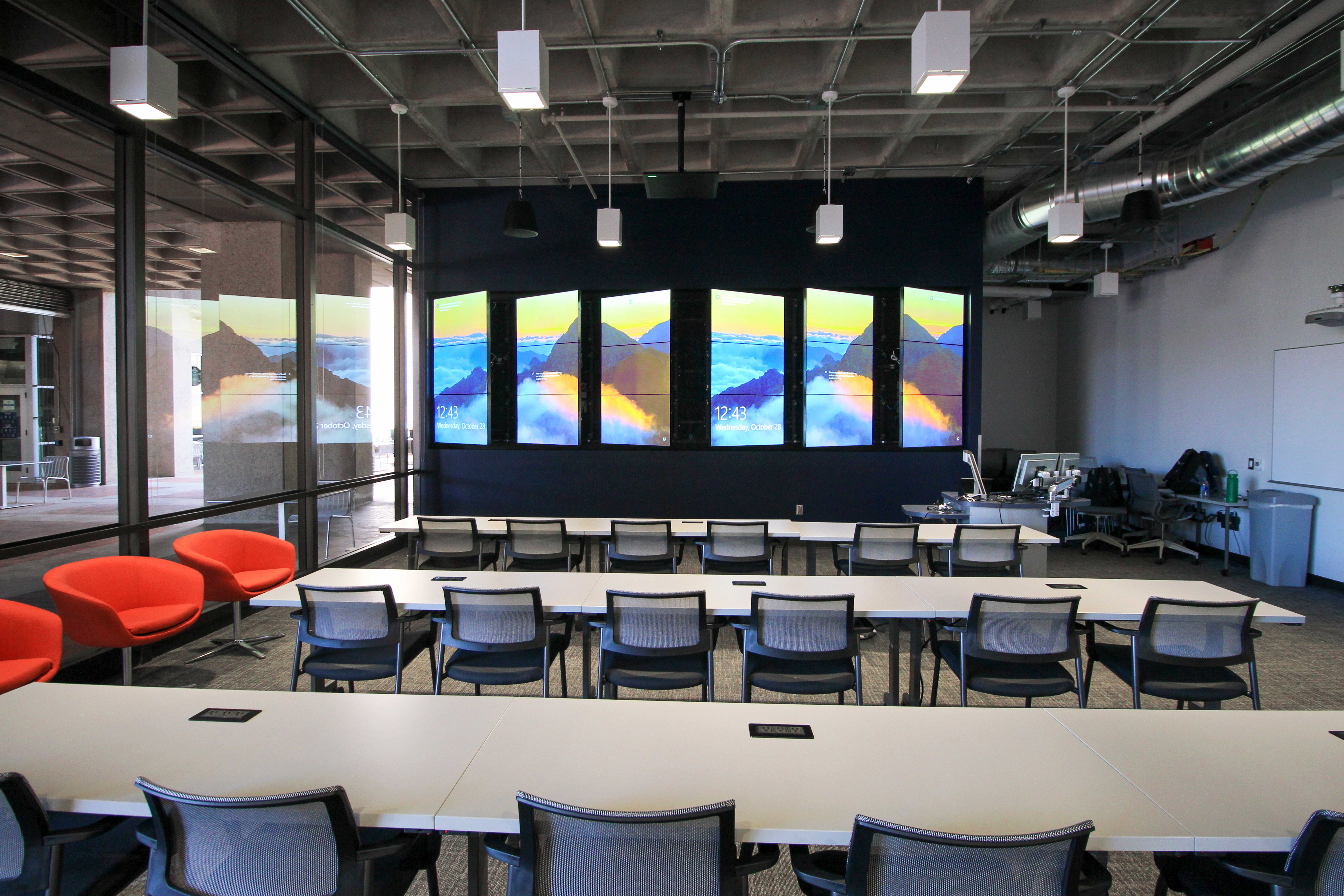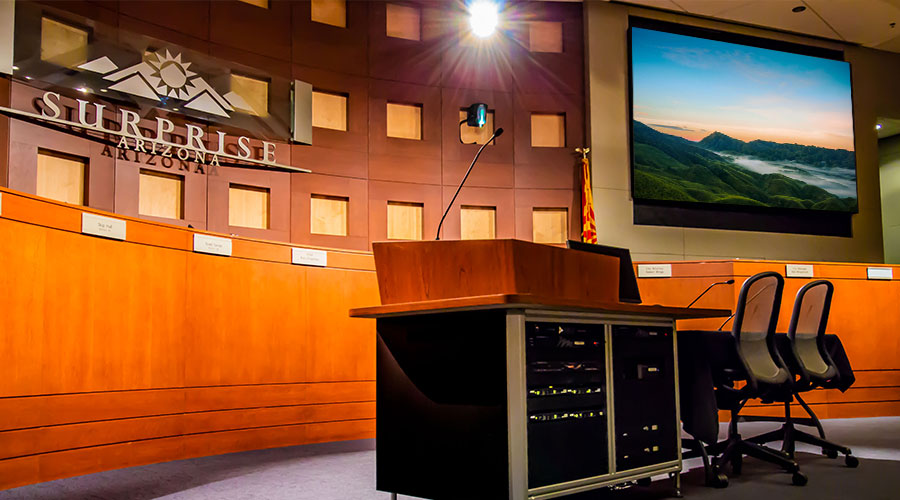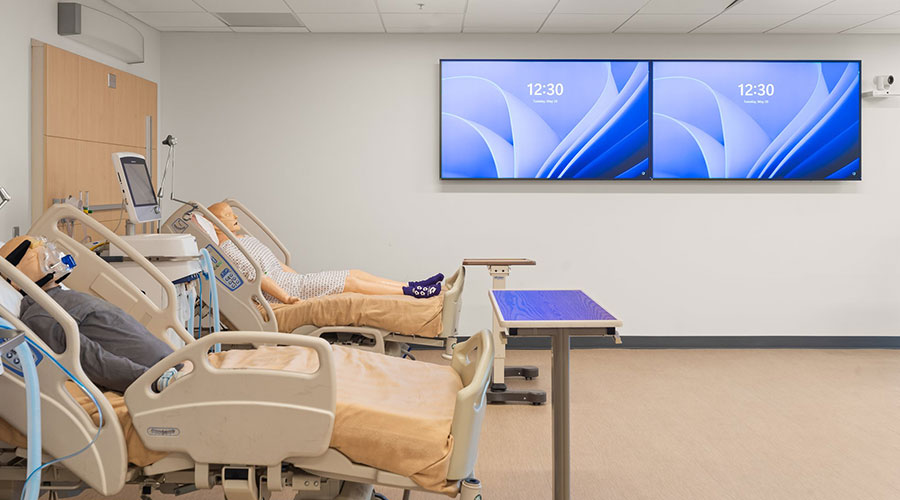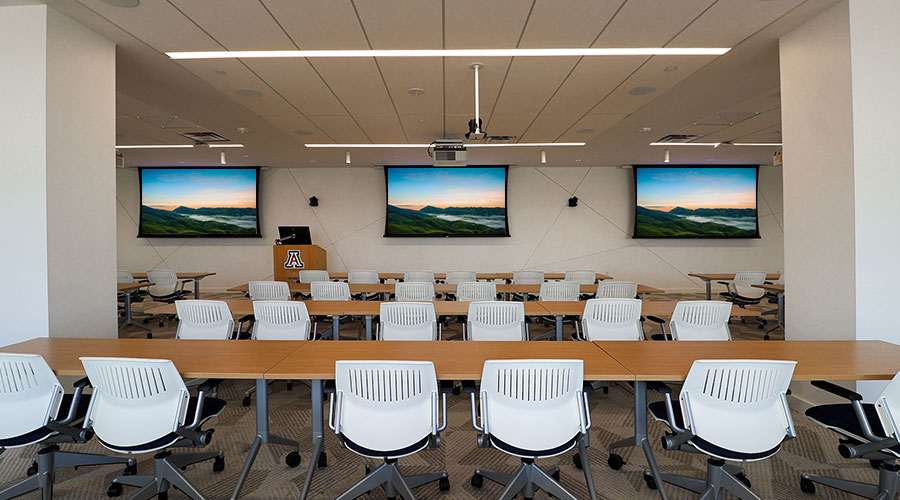Imagine a council meeting moments from going live to the public when the microphones suddenly cut out. Or a real-time crime center that loses a critical video feed just as an incident unfolds. In government settings where communication drives safety and accountability, technology failure isn’t just inconvenient, it’s unacceptable. Systems must be designed to perform flawlessly, no matter the pressure.
on Thursday, 09 October 2025.
The room is dim. A professor in her mid-forties scans a sea of blank faces through her webcam feed, waiting for someone, anyone, to speak. On the in-room screen, a slide flickers, but half the class’s faces are dark squares with muted microphones.
She toggles the camera, adjusts the mic, checks that her lecture capture is recording, yet in her gut she already knows: many students will skip watching, participation will lag, and she’ll never know why.
That same evening, in a conference room on campus, the CIO reviews budget requests for interactive displays, auto-tracking cameras, and lecture capture upgrades. How can this kind of spend be justified to trustees? The decision feels caught between idealism—better learning, equity, retention—and pragmatism—ROI, utilization metrics, technical risk.
Whether you’re leading a pilot, influencing the decision path, or holding the purse strings, you know this tension too well. The promise of the modern classroom is compelling, but making the leap requires more than new equipment. It takes a blueprint that connects engagement, evidence, and economics.
In this post, we’ll explore how to design a modern learning space with interactive displays, lecture capture, and engagement technology that feels grounded and defensible to CIOs, IT Directors, and faculty alike.
on Tuesday, 07 October 2025.
Posted in Classroom Technology, Tempe, AZ, Hybrid Classroom, Phoenix, AZ, Classroom Technology, Hybrid Classroom
Large enterprises often face the same challenge: making significant investments in audiovisual systems, only to watch them age quickly, require constant maintenance, and lag behind user expectations. What begins as a state-of-the-art collaboration environment often devolves into a patchwork of inconsistent rooms, rising support costs, and ongoing IT frustrations. For decision makers, the issue isn’t just the technology; it’s how to control risk, manage budgets, and scale efficiently across the organization.
on Friday, 03 October 2025.
Hybrid Work Challenges and Opportunities
If you have ever joined a hybrid meeting where in-room participants sounded muffled, cameras only showed part of the table, or remote colleagues struggled to share content, you know the frustration. For many organizations, this gap between in-person and remote collaboration wastes time, disengages employees, and slows decision-making. As hybrid work becomes the new standard, conference rooms must evolve to deliver consistent, seamless collaboration.
on Wednesday, 01 October 2025.
Picture a city council meeting where one room runs on crystal-clear microphones and flawless streaming, while the next relies on crackling speakers and outdated projectors. The inconsistency isn’t just inconvenient; it frustrates citizens, slows decision-making, and leaves taxpayers wondering why government technology can’t keep up. Across the country, municipalities are realizing that patchwork audiovisual systems for government facilities can no longer meet the demands of transparency, accessibility, and efficiency. That’s why more and more local governments are moving toward standardized AV solutions: one set of tools, one consistent experience, across every facility and department.
on Thursday, 25 September 2025.
In healthcare, small details can make a big difference. Patients often enter a hospital or clinic feeling anxious, overwhelmed, or pressed for time. Staff members, meanwhile, balance heavy workloads and complex workflows that leave little room for error. Technology that improves communication, reduces friction, and supports both sides of this relationship has the power to transform outcomes. That is where modern healthcare AV integration comes in.
on Tuesday, 23 September 2025.
In higher education, technology is supposed to be an enabler. But for too many CIOs and IT Directors, managing AV across multiple campuses feels like a constant game of catch-up. One school invests in Zoom Rooms, another prefers Teams, a third cobbles together legacy hardware from three different vendors. The result? Faculty frustration, student complaints, and an IT staff drowning in support tickets for systems that never seem to work the same way twice.
This isn’t just an inconvenience. Fragmented AV strategies across campuses create hidden costs, erode productivity, and undermine the institution’s ability to deliver consistent, modern learning experiences. When every classroom feels different, training faculty is harder, supporting users is more resource-intensive, and scaling up new initiatives becomes nearly impossible.
on Thursday, 18 September 2025.
Posted in Higher Education
When it comes to AV integration, the stakes are high. A poor choice can lead to unreliable systems, escalating support costs, and frustrated employees who avoid using the technology altogether. The right choice, however, becomes an extension of your team, delivering reliable systems, measurable ROI, and long-term peace of mind. The challenge is knowing how to separate the vendors who over-promise and under-deliver from the partners who truly add value.
on Tuesday, 16 September 2025.
Posted in Audio Video System Integrator, Commercial AV Integrator
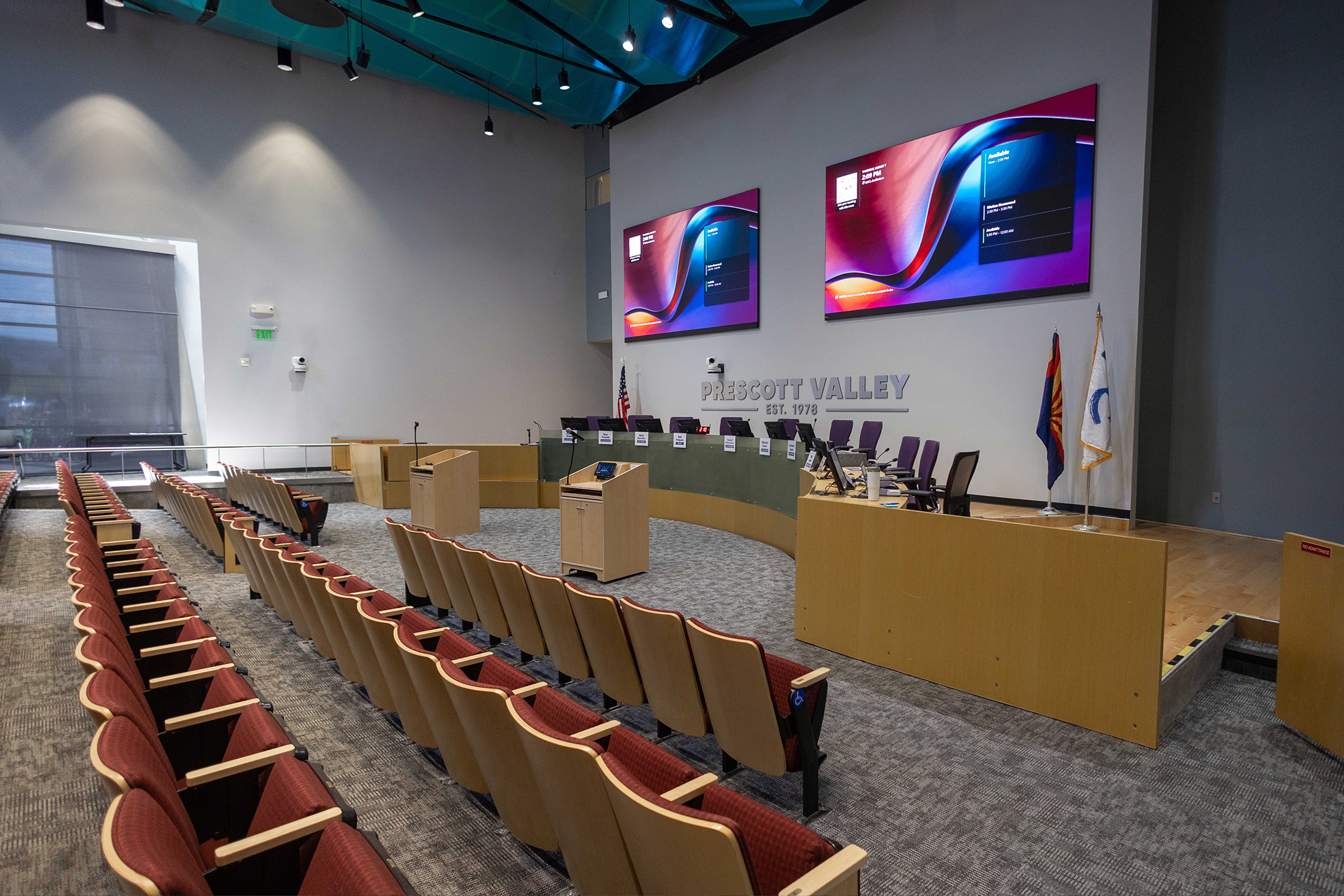 Designing Secure, Reliable AV Systems for Government Facilities
Designing Secure, Reliable AV Systems for Government Facilities 